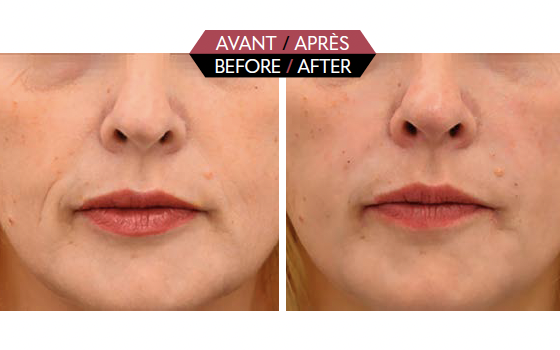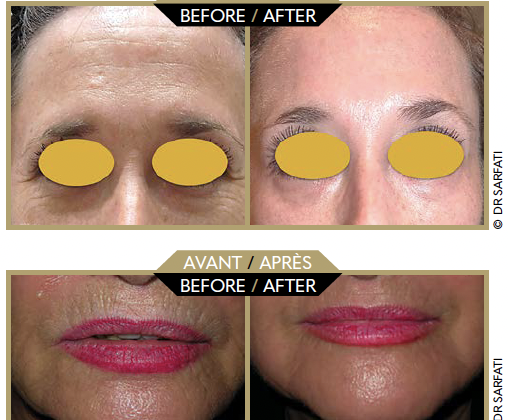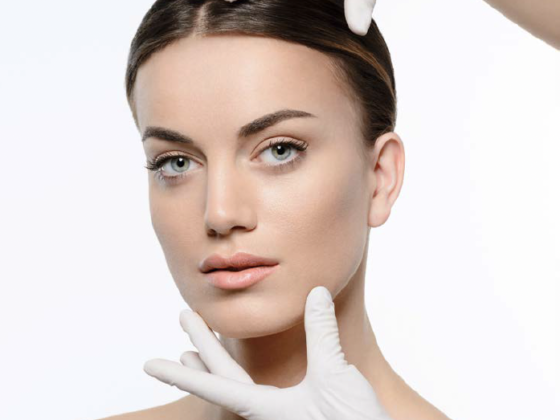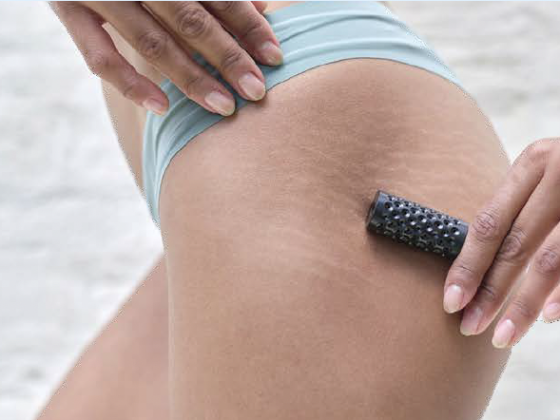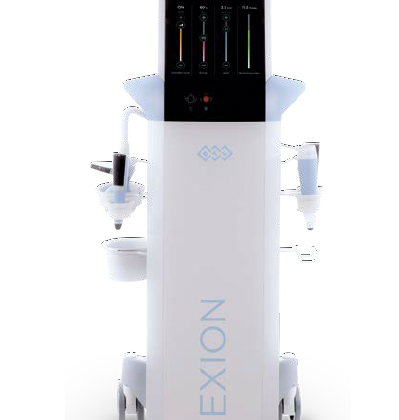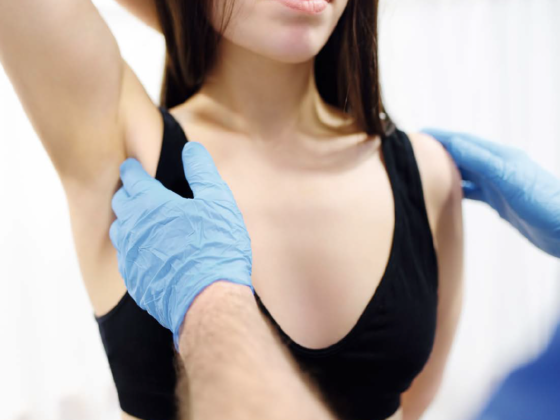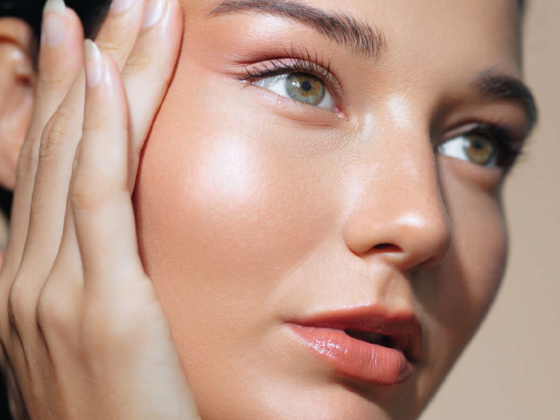ALBUMIN GEL AND PLATELET-RICH FIBRIN: A NEW BIOLOGICAL FILLER
Albumine-PRF is an autologous filler with volumetric and regenerative characteristics.
Dr Nina Hassani
For more than a decade, we have witnessed the development of aesthetic and regenerative procedures based on autologous methods. This began with the first generation of PRP, followed by the development of injectable PRF (iPRF and C-PRF) and more recently albumin-PRF (albumin gel and platelet-rich fibrin).
Albumin-PRF is an injectable regenerative composite made up of two parts: autologous albumin gel and concentrated platelet-rich fibrin.
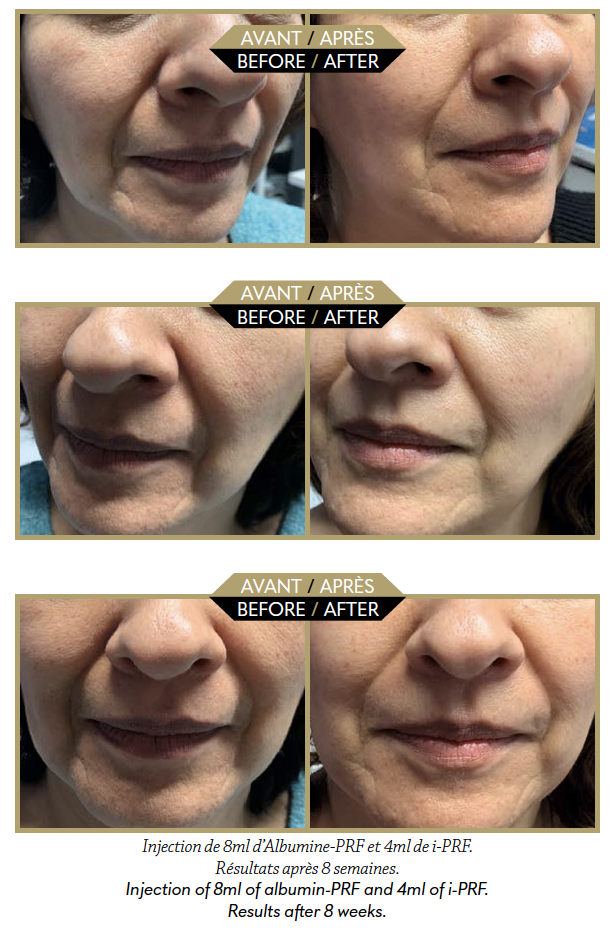
To obtain the autologous albumin gel, plasma is heated to 75 degrees Celsius for 10 minutes. Albumin, the most abundant protein in plasma, makes up 80% of its composition and denatures at this temperature. This will allow the denaturation and breaking of many weak links or bonds (for example, electrovalent bonds such as H2). The plasma is transformed into a very compact structure with prolonged resorption characteristics lasting up to 4 to 6 months. However, no cell/growth factor in the thermally treated plasma can withstand the denaturation process (thermal heating).
For these reasons, albumin gel will be mixed with i-PRF (injectable PRF) or C-PRF (concentrated PRF) containing platelets, leukocytes and growth factors necessary for cell regeneration. Albumin gel (or denatured plasma) provides a volumetric filling effect, stability over time and a natural scaffold for leukocytes and platelets as well as newly formed tissue cells.
Current studies suggest that the regenerative characteristics of albumin-PRFs are caused by the slow and steady release of growth factors contained in liquid PRFs via degradation of the albumin gel. The hematological characteristics of liquid concentrations of PRFs, platelets and leukocytes, as well as their viability, must therefore be measured for each technique in order to define the quality of the injected product.
What is the difference between i-PRF and C-PRF?
Known as platelet-rich fibrin (PRF), this second-generation platelet concentrate was developed in regenerative dentistry by Dr Choukroum in 2001. It was first developed in solid form and then (in 2015) in injectable form, called i-PRF, with the main aim of eliminating anticoagulants. I-PRF is collected using anticoagulant-free plastic tubes with a very short, slow centrifugation protocol of 700 rpm (60 g) for 3 to 4 minutes.
It contains liquid fibrinogen and thrombin that have not yet been converted to fibrin. It is used for injections in a similar way to PRP, but with the advantage of a longer growth factor release time. It has been shown that with a low centrifugation speed, it is possible to obtain sufficient concentration of platelets and growth factors, with the presence of leukocytes and above all mesenchymal stem cells (MSC). According to some authors, the centrifugation time should also be as short as possible, to obtain a large number of MSCs.
In 2019, a new technique for preparing liquid PRF called C-PRF (concentrated PRF) was published. After centrifugation at 700G for 8 minutes, 1 ml of liquid (plasma) is collected just above the red blood cell layer. While i-PRF was generally responsible for a 1.2- to 2.5-fold increase in different cell types after centrifugation, a 15-fold increase in platelet concentration was achieved with C-PRF.
I-PRF and C-PRF are two current techniques proposed by different manufacturers to improve albumin gel with biological activity.
We do not have a comparative study between albumine-PRF enriched with C-PRF and alb PRF enriched with i-PRF. C-PRF contains a higher concentration of cells when i-PRF is also enriched with MSC mesenchymal stem cells. In our practice, we inject an average of 2 ml of albumin-PRF into the nasolabial folds, 2 to 3 ml into the expression lines, the perioral areas and the lips, and around 1 ml into the cheekbones. We also inject 2 ml of i-PRF alone into the periocular area. The result will be a significant reduction in superficial and deep wrinkles and an increase in the thickness of the dermis.
Albumin-PRF injections are cost-effective, safe and well-tolerated. They restore facial volumetry and treat superficial and deep wrinkles, such as nasolabial folds. They are injectable, easy to prepare and 100% autologous.
This makes albumin-PRF an ideal biomaterial for facial repair and regeneration.
Dr Nina Hassani
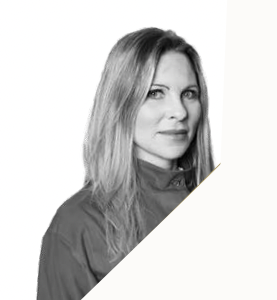
Dr Nina Hassani practices general and aesthetic medicine with a focus on regenerative medicine in the canton of Jura, in Switzerland. A CIME graduate, she is an expert in regenerative medicine and a founding member and committee member of the International Multidisciplinary Society of Applied Regenerative Medicine (SIMMRA).
More: cardiomed-beaute.ch





